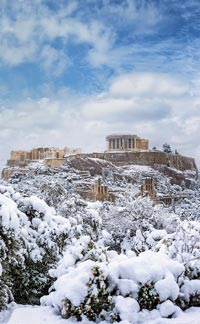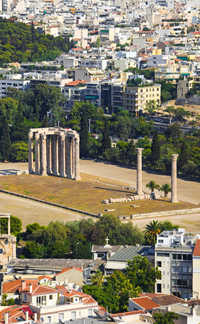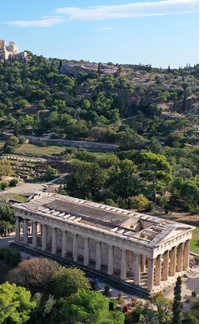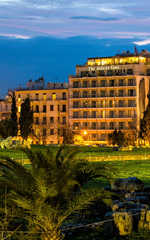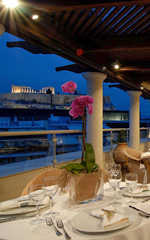Roman Agora of Athens
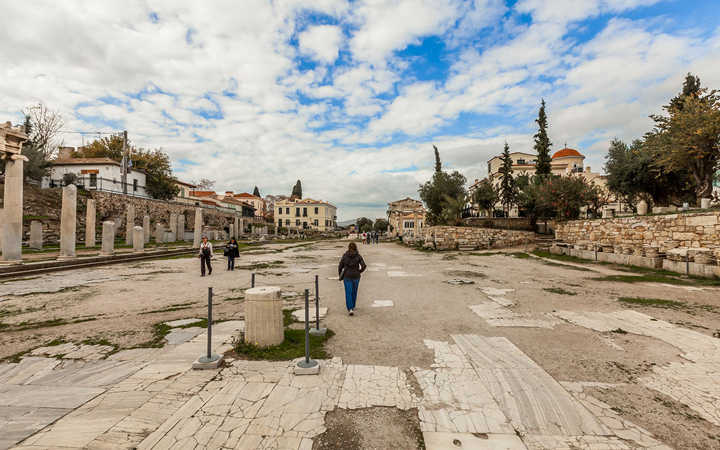
More attractions in Athens
Perched high above the bustling modern city of Athens, the Acropolis stands as a majestic reminder of ancient Greece’s grandeur.
Tucked between the Acropolis and the National Garden, the Temple of Olympian Zeus (Olympieion) stands as one of Athens’ most monumental yet overlooked landmarks.
Tucked beneath the majestic slopes of the Acropolis lies the Ancient Athenian Agora – a vibrant hub that once formed the political, social, and commercial nucleus of classical Athens.
Hotels in Athens
The Hotel is located in the historic district of Athens, directly opposite the Temple of Olympian Zeus and the Arch of Hadrian
Conveniently located right at the foot of the Acropolis hill, the new Acropolis Museum, and next to the interconnected archeological sites
In the heart of the city center of Athens, in the Psirri area, an industrial building turns into an urban artistic hotel, The Artist Athens

